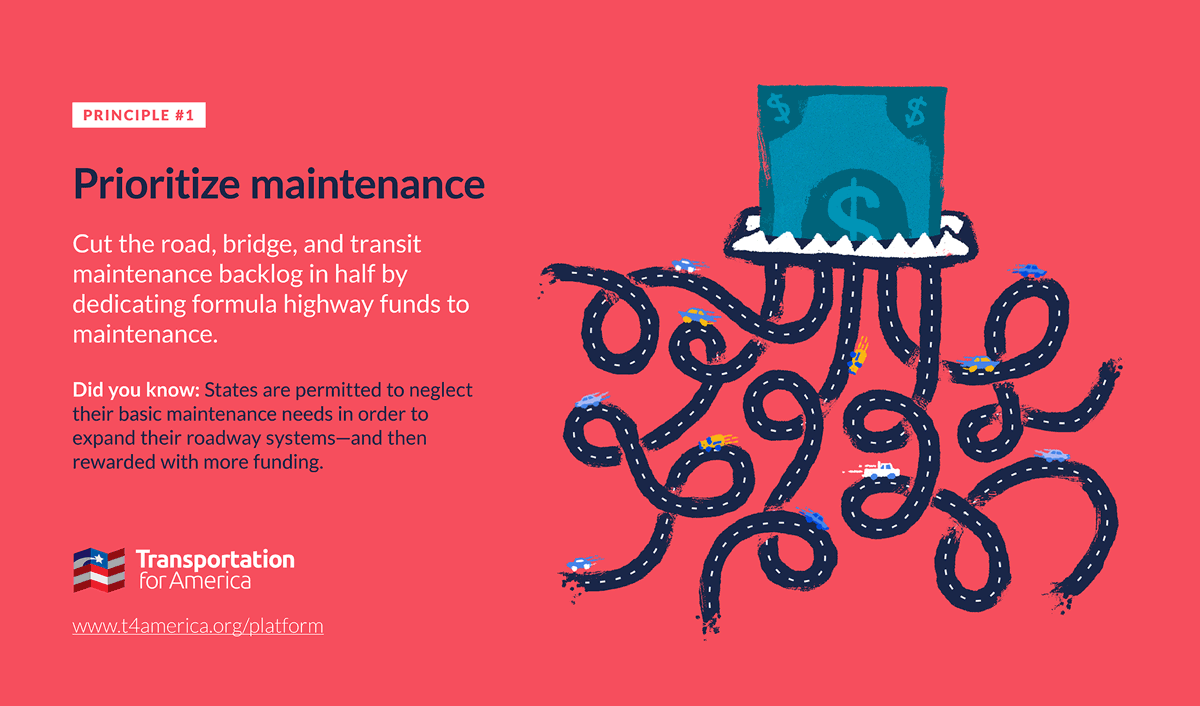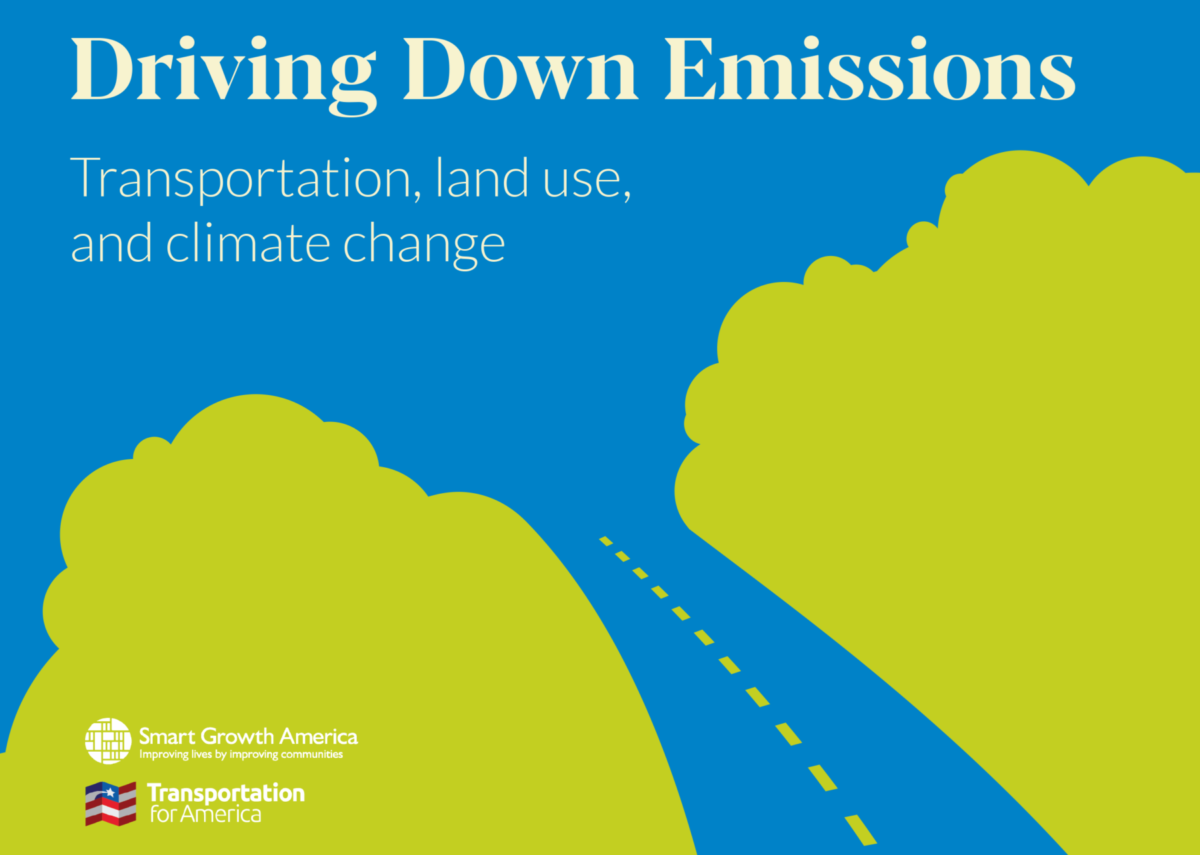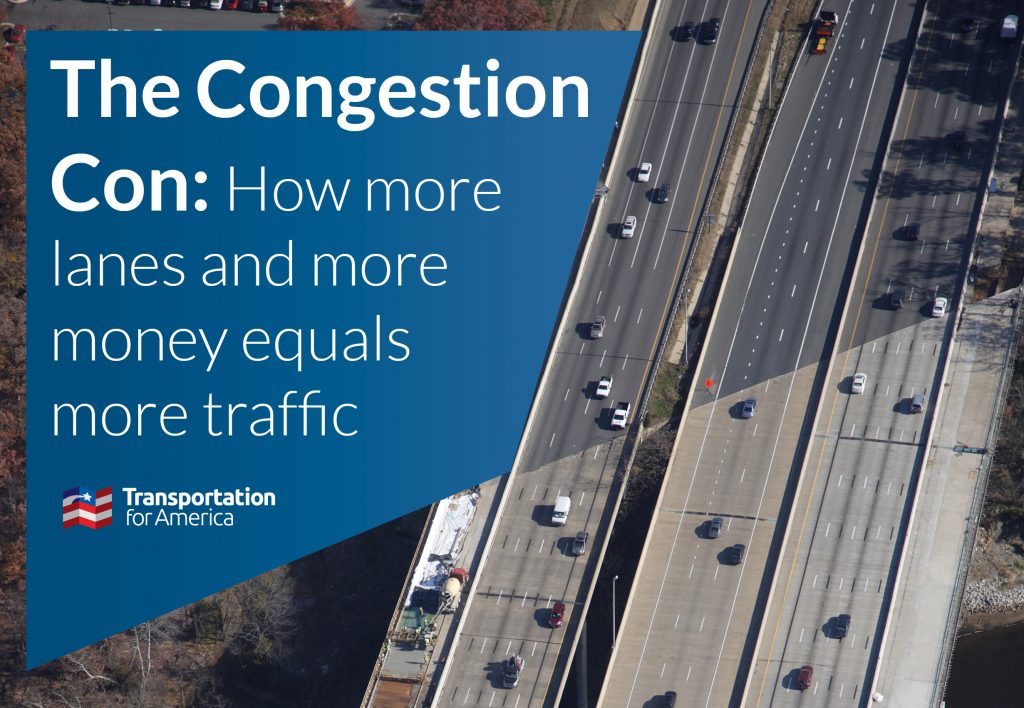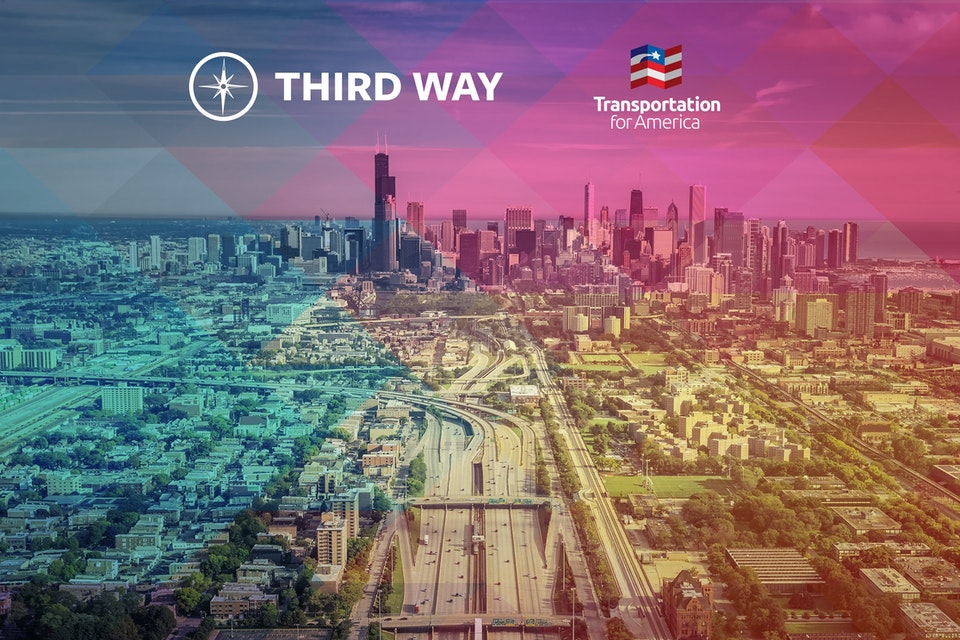Posts Tagged "federal funding"
From excitement to reality: Implementing passenger rail on the Gulf Coast
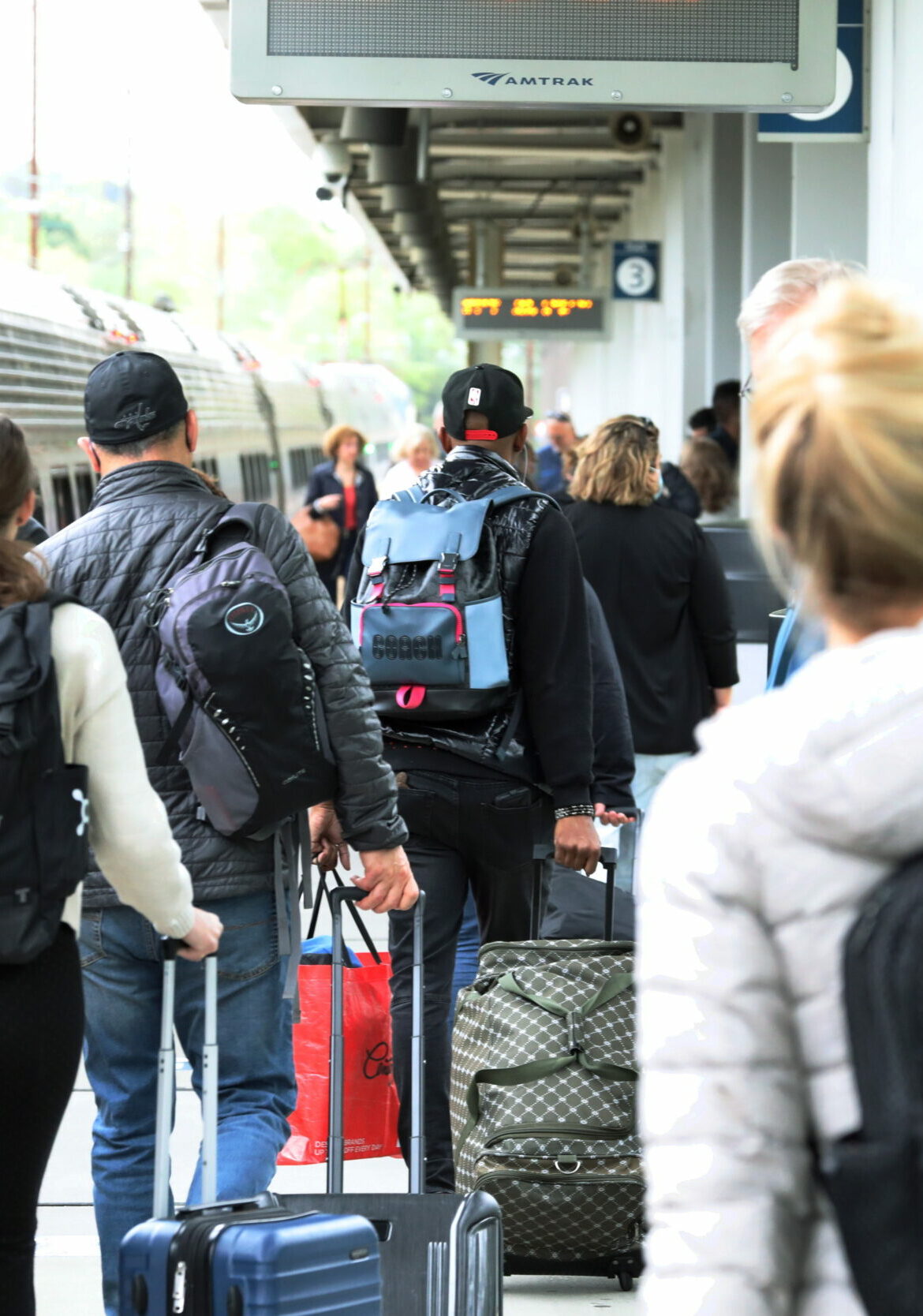
Federal advocacy and allies were essential to turning local momentum for passenger rail from New Orleans to Mobile—set to reopen this very year—into a regional, and national, success story.
FTA helps deliver more buses for less
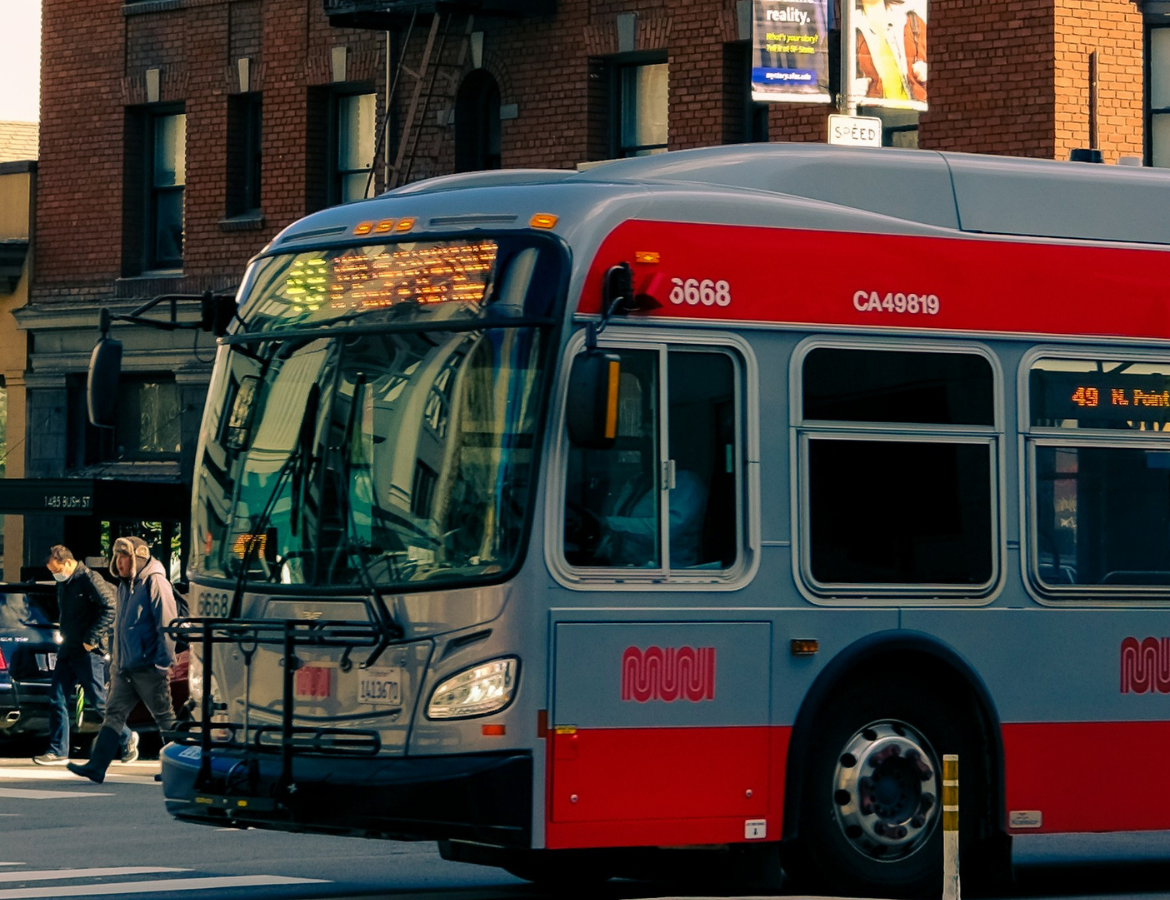
The Federal Transit Administration is working hard to ensure that the next rounds of the Low or No Emissions Grant Program and Buses and Bus Facilities Program do the most for riders—and the climate. Here’s how.
It’s nearly impossible to understand how our tax dollars are spent on transportation

T4America used artificial intelligence to find out how states are spending money from the Infrastructure Investment and Jobs Act (IIJA). Two findings are clear: More money alone will still fail to produce change, and it’s far too complicated to figure out where our transportation dollars are going.
Supercharge your community’s quick-build safety demonstration projects with Safe Streets for All

Because of a mistake by Congress in the 2021 infrastructure law, 40 percent of the new $1 billion-per-year Safe Streets for All program must be directed to planning rather than constructing tangible infrastructure projects. A clarification that the planning grants can support quick-build safety demonstration projects presents an enormous opportunity for cities and towns to directly tap the available $400 million and experiment with low-cost temporary street safety projects.
Why we need the Stronger Communities Through Better Transit Act
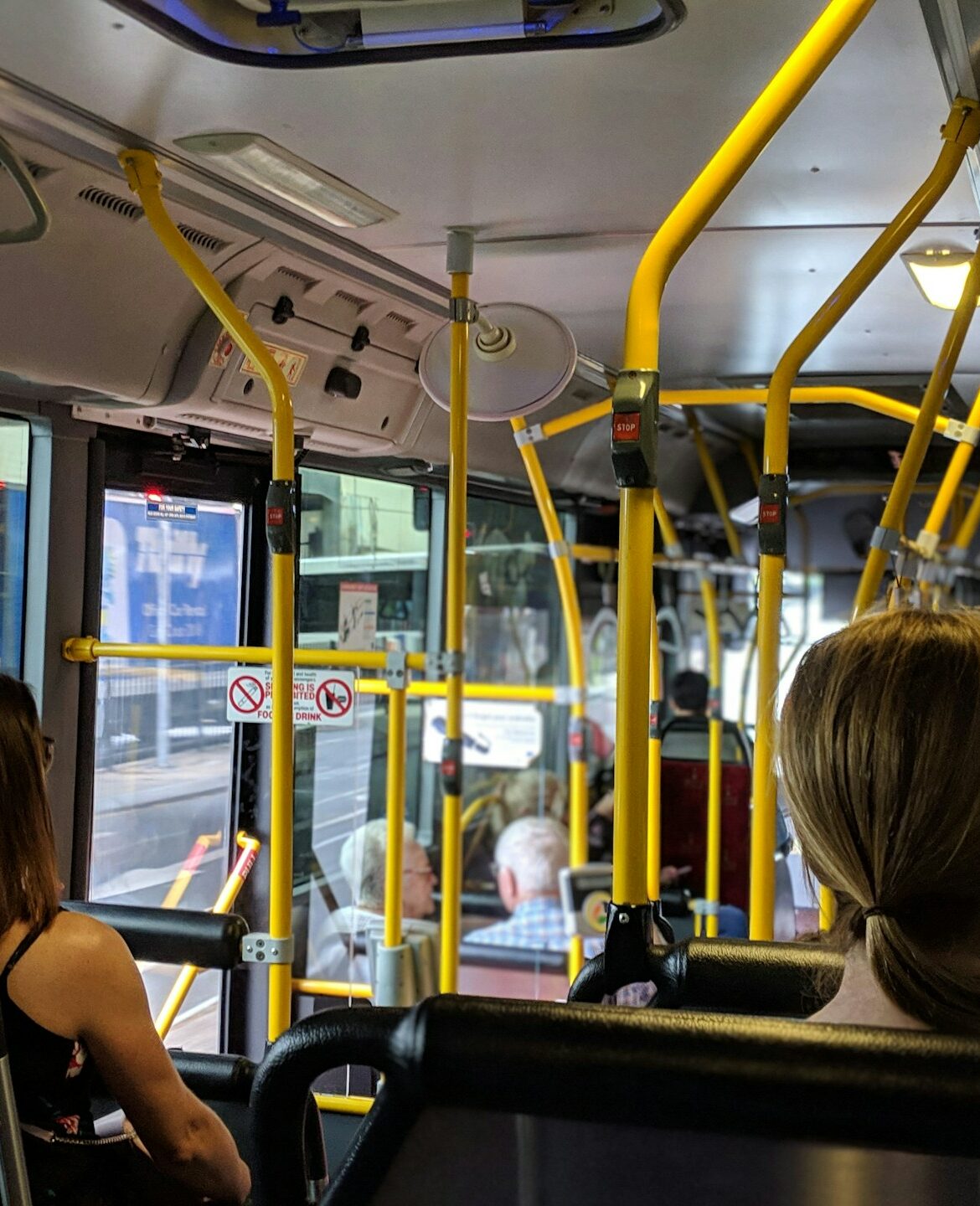
Representative Hank Johnson (GA-04) reintroduced the Stronger Communities Through Better Transit Act, which would establish a federal funding program for transit operations, providing $20 billion in annual funding over four years ($80 billion) to expand the service of buses and trains. We are joining the National Campaign for Transit Justice, the Transport Workers Union of America (TWU) and the Amalgamated Transit Union (ATU) in support of this bill.
Road feels unsafe? DOT says prove it!

In the United States, where and how traffic deaths occur are painfully predictable. But even with historically high levels of funding available, traffic engineering standards and federal policy combine to create a safety catch-22, ensuring that a transportation agency walking the walk on traffic safety is the exception, not the rule.
Beyond the pump: Evaluating fresh approaches to transportation funding

Current state gasoline taxes aren’t enough to cover our transportation funding needs. Evaluating alternatives needs to involve taking five key principles into account. Read our policy evaluation framework, created by T4A Policy Associate Stephen Coleman Kenny with support from T4A Policy Director Benito Perez, NRDC Senior Transportation Advocate Zak Accuardi, and T4A Policy Intern Julia Camacho.
Greener Fleets: How federal dollars can supply the demand for clean transit
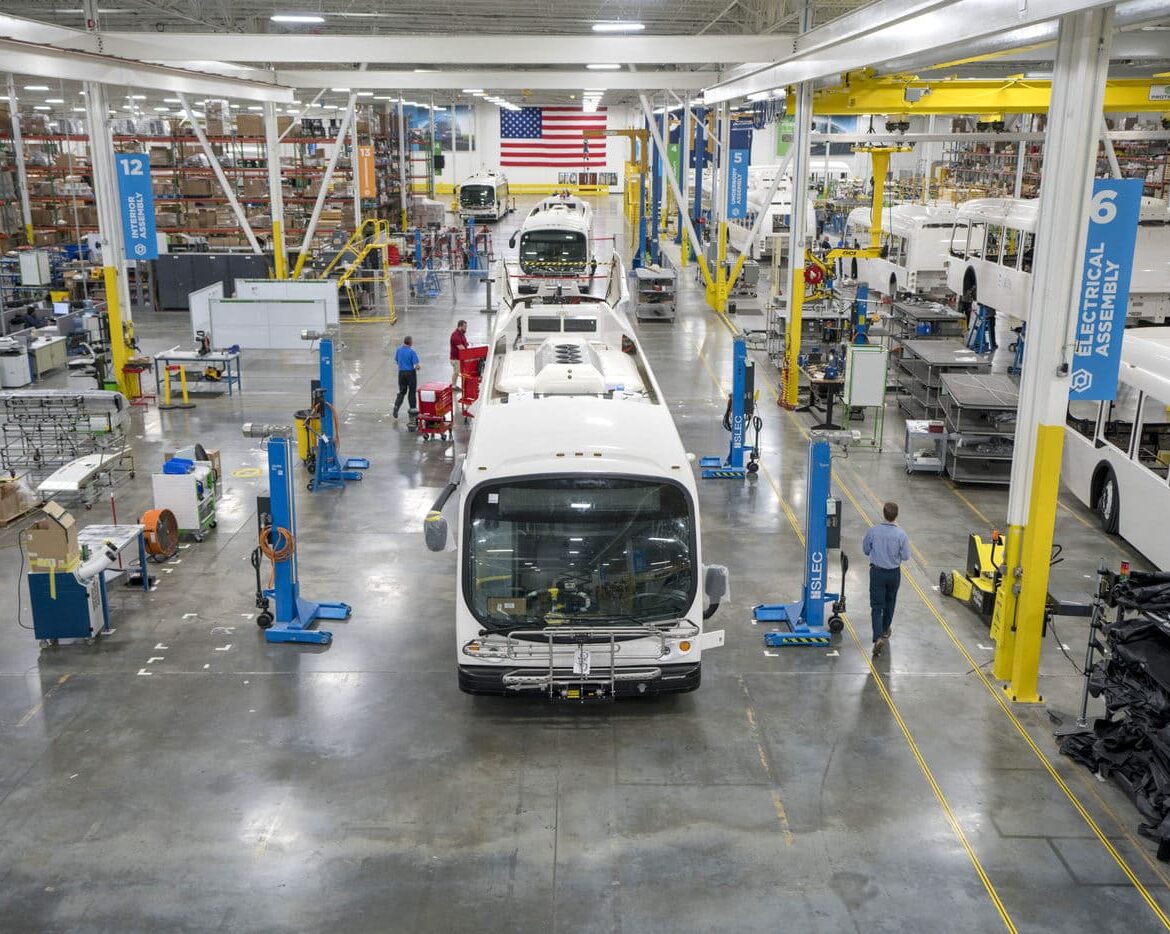
The Low and No Emission Vehicles (Low No) program saw a big increase in funding in America’s historic infrastructure law, but an outdated and arbitrary requirement is pushing transit agencies toward buses that still pollute. Here’s how Congress and the Federal Transit Administration can avoid locking in emissions for years to come.
A proposed bridge is haunting the Bay Area

The Southern Crossing over the San Francisco Bay, proposed repeatedly over the past 77 years, has been rejected over and over again. Even as Reconnecting Communities funds will help Oakland study repairing the damage resulting from the interstate spur rammed through the heart of Oakland to serve as the eastern approach for this never-built bridge, the Southern Crossing shows how past choices continue to haunt the present—and future.
Once-in-a-generation opportunities in passenger rail—but the time to act is now
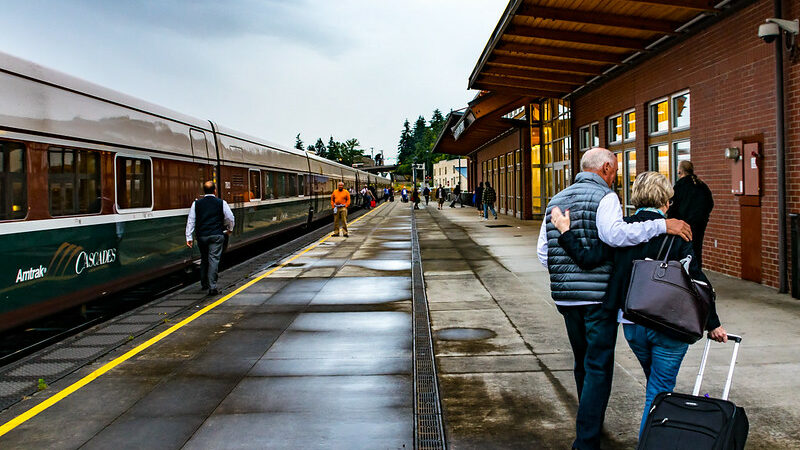
T4America works with partners all over the country to develop passenger rail service, and we’re telling them all the same thing: now is the time to act. We’ve never seen this amount of support for passenger rail from Congress and the Federal Railroad Administration, and federal funding is there. But there’s a procedure—with deadlines—to follow. Here’s how to take advantage in the year ahead.
A new program to help communities thrive

For the Biden administration to achieve its goals, all communities will need to be able to take advantage of federal funds. But communities with limited resources face a steeper hurdle to accessing these dollars. The Thriving Communities Program is a small step in the right direction to ensure every community is set up for success.
SMART grants could make transportation smarter, or not

The Strengthening Mobility and Revolutionizing Transportation (SMART) competitive grant program offers communities funds to apply new technologies to solve their transportation challenges. How smart this program ends up being depends on whether it treats the application of new technology as a tactic, or as a goal in and of itself.
The infrastructure law wasn’t perfect, but now it’s reality
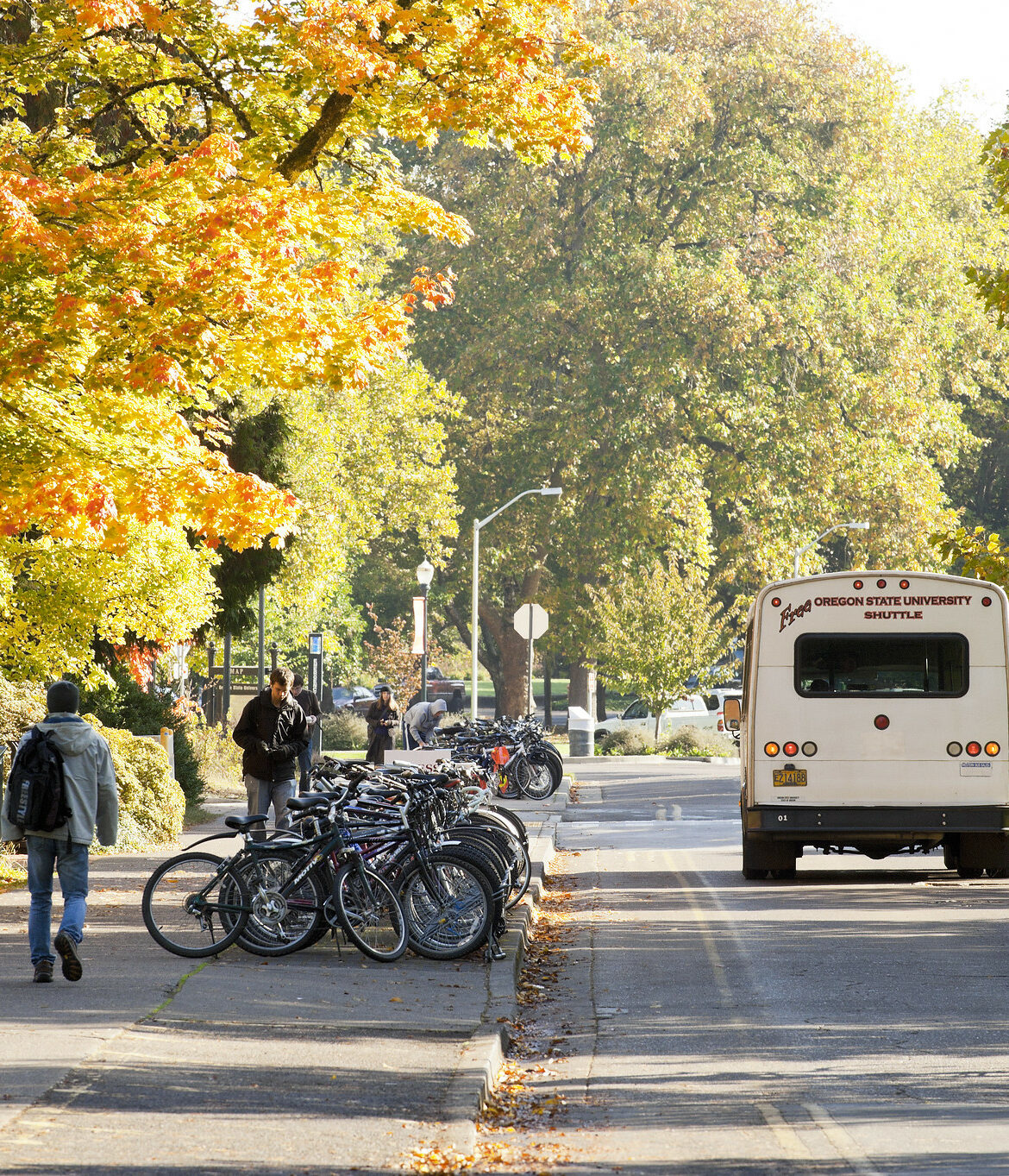
Focusing on whether the infrastructure law was “good” or “bad” will fail to shape how its historic cash is spent over the next five years. That’s precisely why T4America is pressing on to enable USDOT, states, metro areas, and local communities to maximize the potential of this flawed legislation.
To deliver on Equity Action Plan, USDOT, states, and local decision makers must take real action

Though the USDOT’s Equity Action Plan (EAP) describes the new infrastructure law as “a historic investment in transportation equity,” the final verdict will depend on the administration’s next steps, how they distribute competitive grants, and other choices far outside of their control, such as how states and metro areas invest federal funds.
We need a new approach to transportation: T4A’s efforts to get there

Six months into 2022, a lot’s been accomplished on the implementation of the 2021 infrastructure law, but there’s still a long way to go.
Justice40 “benefits” could mean more emissions, worse health outcomes in disadvantaged communities
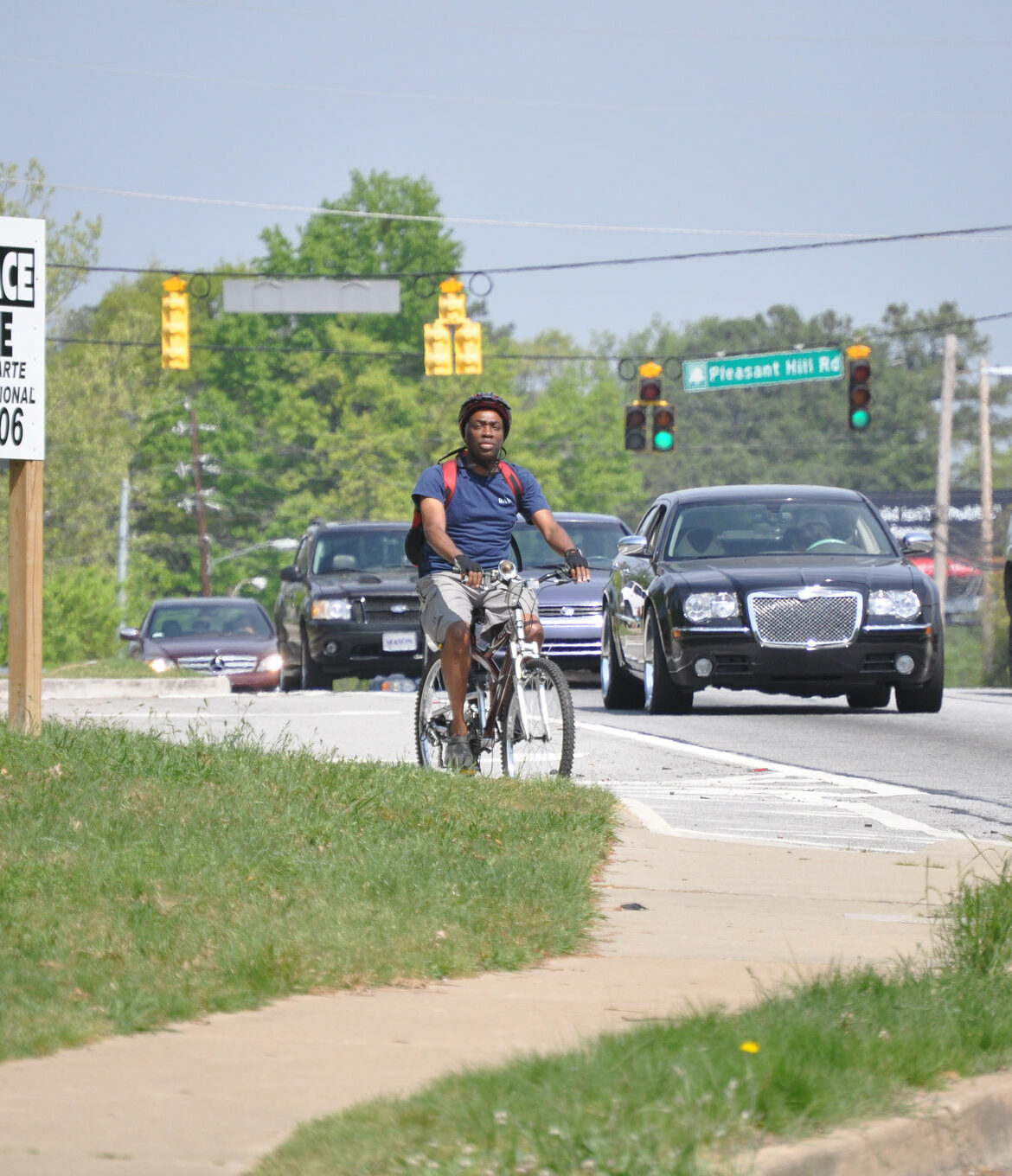
In President Biden’s first weeks in office, he established an environmental justice initiative called Justice40, which aims to direct benefits from federal investments to disadvantaged communities. Today, the administration is working on more specific guidance on how Justice40 should be applied, which will determine how effective this effort will be.
Positioning for competitive grant application success
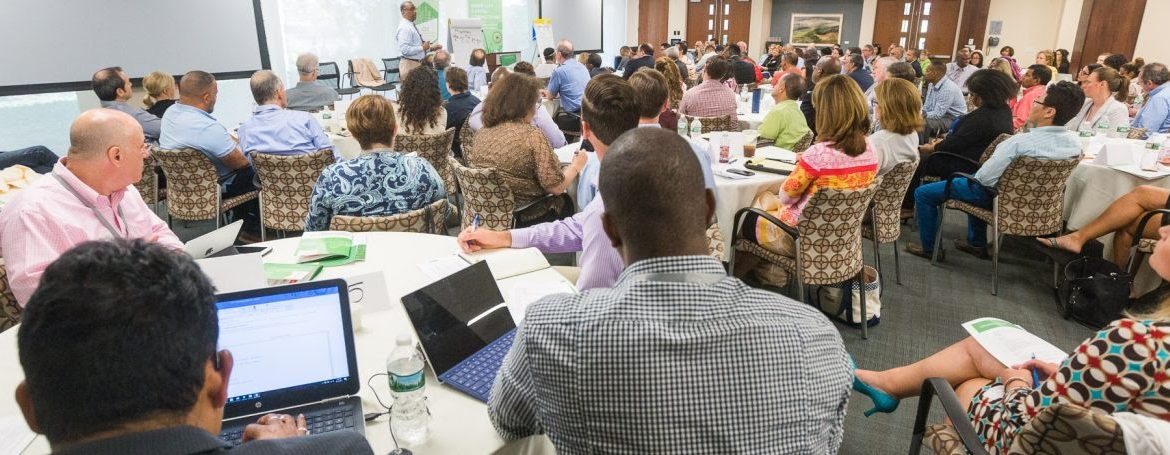
With scores of competitive, surface transportation grant programs to administer, USDOT faces a heavy lift to get these programs off the ground, on top of administering the legacy programs that already existed. How should prospective grant applicants start preparing for success?
The infrastructure bill’s limited state of repair funding and policies
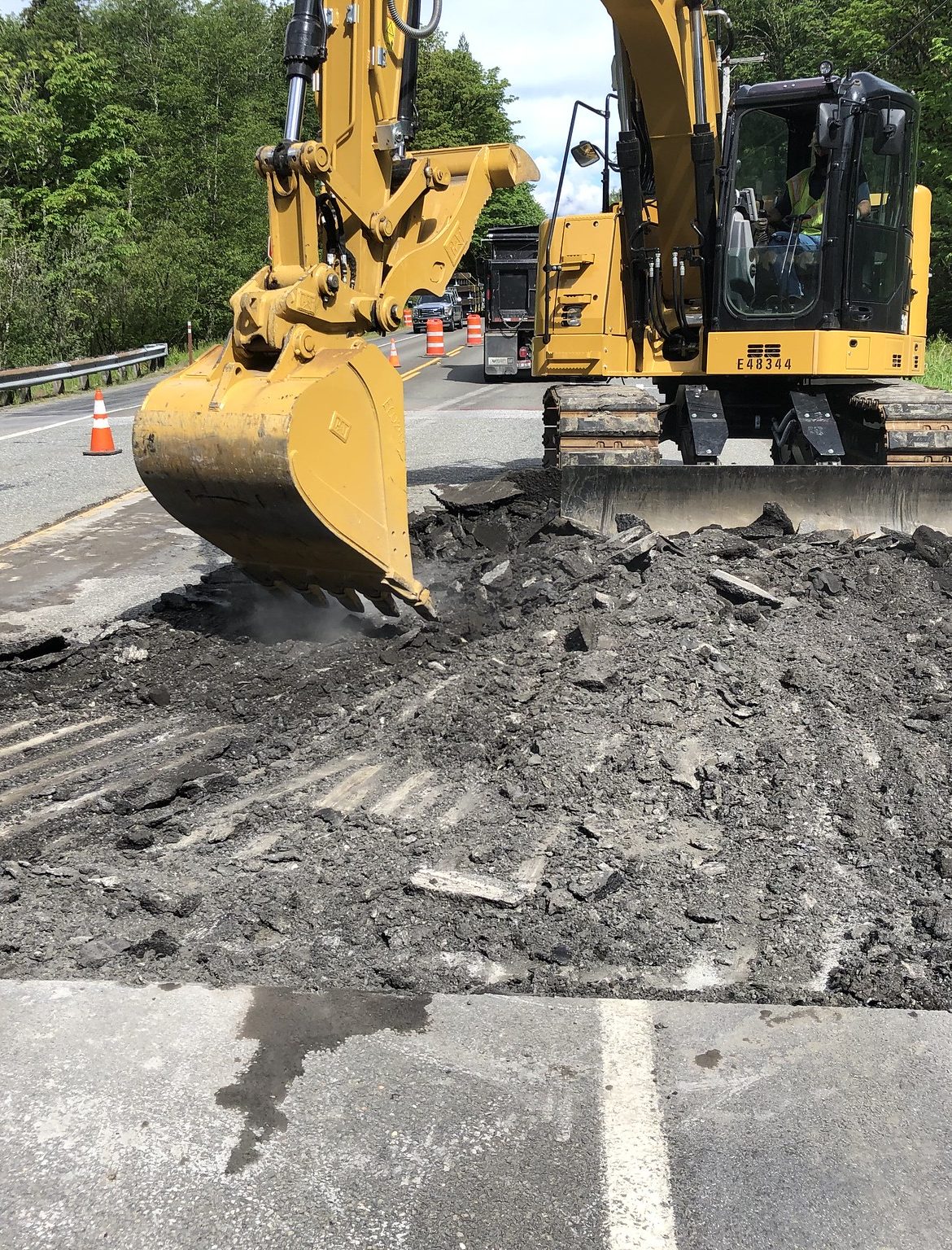
There is very little new funding in the infrastructure bill specifically dedicated to repair and no new requirements on highway monies for prioritizing repair on roads and bridges. Overall the law doubled down on the practice of giving states immense flexibility with the bulk of their money and then hoping that they use that flexibility to prioritize repair. Advocates should be ready to hold states and metros accountable for making progress.
Transit funding in the infrastructure bill: what can it do for me?
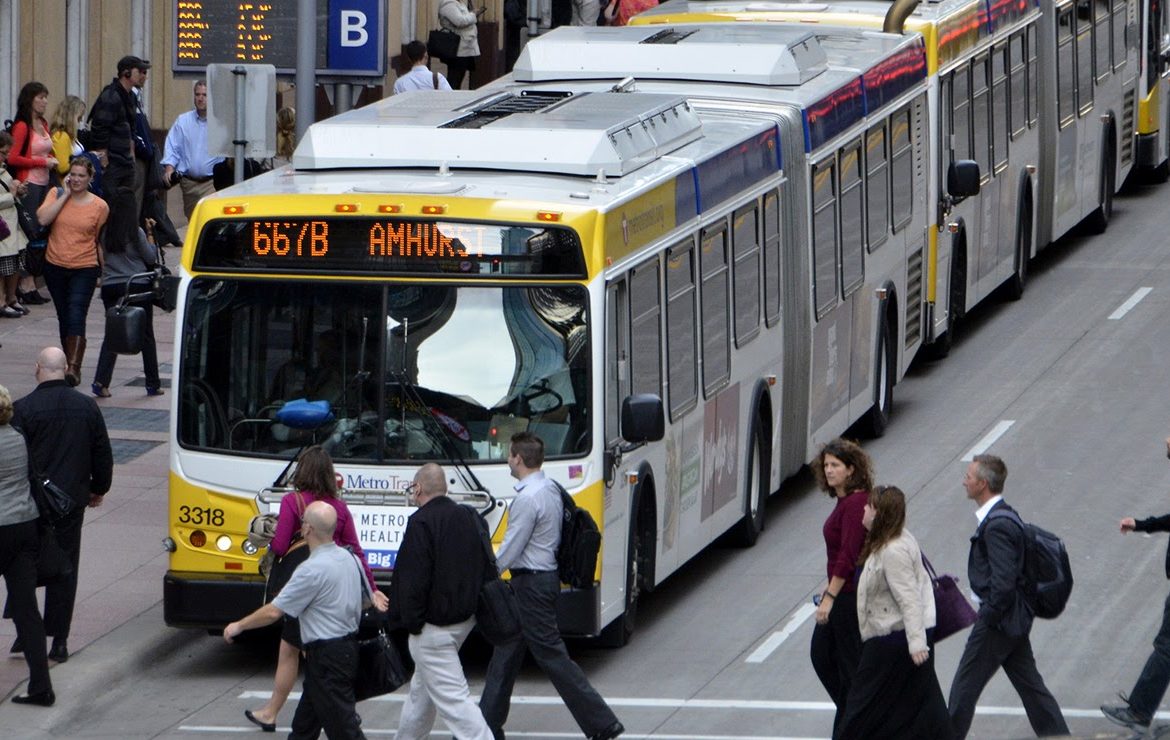
The new infrastructure bill authorizes $109 billion to fund public transit projects through formula and competitive grant programs. Here’s what you need to know about the new money and (modest) policy changes to the transit program, as well as how you can make them work for you.
Step one for repairing a problem: Stop making it worse
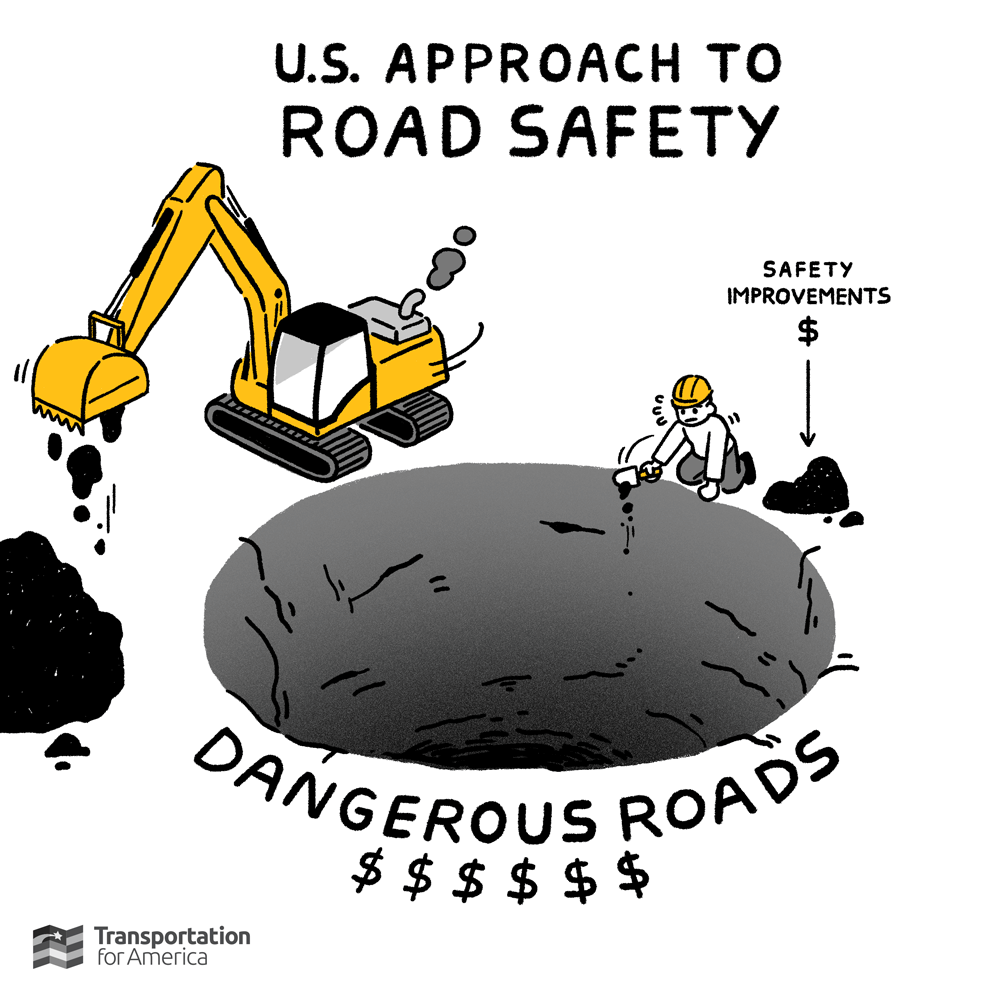
Swap in any pressing issue—climate change, repair, safety—and this new illustration by Jean Wei describes the approach to solving it within the much-debated infrastructure bill, which passed on its own late last Friday. You’ll be hearing a lot of unfettered praise for it today, but we’re far more circumspect.





